About us
About US
For a secure and planned future
Led by professionals from premier institutions like IIM Lucknow and IIM Calcutta, bringing top-tier expertise and strategic insight.
AMFI-registered Mutual Fund Distributor and boutique investment firm.
Built on a foundation of trust, transparency, and client-centric values.
Tailored financial solutions aligned with individual goals and risk profiles.
Unbiased, research-backed investment advice.
Focused on long-term wealth creation and financial freedom.
Experienced team with multi-market cycle expertise.
Comprehensive approach combining consultation and market insights.
Committed to building lasting relationships through consistent value delivery.

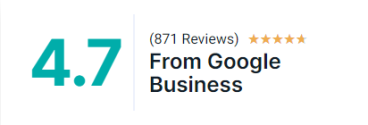
Why Clients Choose Us
🔹 Enduring Relationships, Personalized Advice
We build long-term partnerships by offering tailored financial guidance that evolves with your goals and life stage.
🔹 Comprehensive, Client-Centric Solutions
From fund selection to risk strategy and portfolio management, we deliver thoughtful, data-driven support across every aspect of wealth creation.
Value
Its all about your Future
Vision
Arthaorbit envisions a financially inclusive world where individuals and organizations thrive through informed growth and active participation in the evolving global digital ecosystem.
Mission
Arthaorbit is on a mission to drive financial self-reliance by promoting the use of cutting-edge technologies and creating a ripple effect of empowerment across communities.
Motto
Arthaorbit empowers financial growth by simplifying fintech adoption, enabling access to affordable financial solutions, and fostering digital financial literacy.
Arthaorbit is a trusted and leading partner of a wide range of Asset Management Companies.
We work to find the best and most suitable solutions for our clients and provide advice and support in selecting the right funds for their needs. Our services cover asset management, portfolio engineering, financial planning, and wealth management. We also help clients evaluate their risk management strategies, identify investment opportunities, analyze market data and trends, and manage funds from different categories and asset classes.
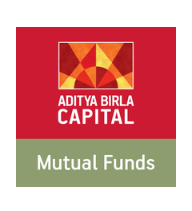
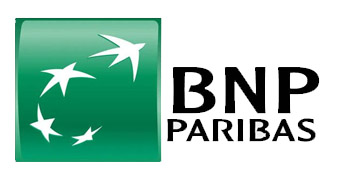
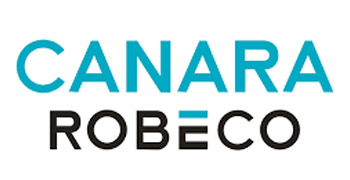
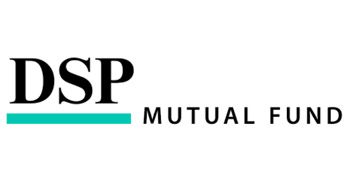
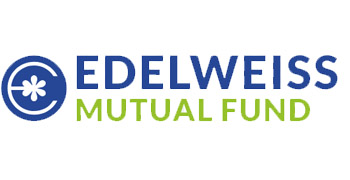

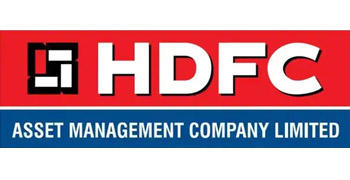
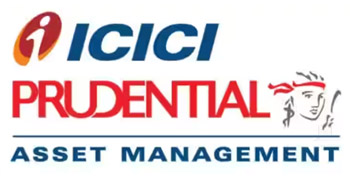
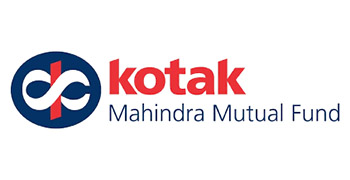
A mutual fund is a trust. It pools money from like-minded shareholders and invests in diversified portfolio of securities, through various schemes that address different needs of investors. The pool of money thus collected is then invested by the Asset Management Company (AMC) in different types of securities. These could include shares, debentures, convertibles, bonds, money market instruments or other securities, based on the investment objective of a particular scheme. Such objective is clearly laid down in the offer document for that scheme. The fund adds value to the investment in two ways: income earned and any capital appreciation realised through sale. This is shared by unit holders in proportion to the number of units they own
An AMC is involved in the daily administration and also acts as investment advisor for the fund. An asset management company is promoted by a sponsor which usually is a reputed corporate entity with sound record of profits. An AMC typically has three departments:
|
Operations & Accounting
Mutual fund schemes can be classified as follows:
By Structure
Open-end Funds
An Open-end Fund is one that is available for subscription all through the year. These do not have a fixed maturity. Investors can conveniently buy and sell units at Net Asset Value (“NAV”) related prices.
Close-ended Funds
A Close-ended Fund has a stipulated maturity period which generally ranges from 3 to 15 years. The fund is open for subscription only during a specified period. Investors can invest in the scheme at the time of the initial public issue and thereafter they can buy or sell the units of the scheme on the Stock Exchanges where they are listed.
By Investment Objective
Growth Funds The aim of growth funds is to provide capital appreciation over the medium to long term. Such schemes normally invest a majority of their corpus in equities. Growth schemes are ideal for investors who have a long term outlook and are seeking growth over a period of time.
Income Funds The aim of Income Funds is to provide regular and steady income to investors. Such schemes generally invest in fixed income securities such as bonds, corporate debentures and Government securities. Income Funds are ideal for capital stability and regular income.
Balanced Funds The aim of Balanced Funds is to provide both growth and regular income. Such schemes periodically distribute a part of their earning and invest both in equities and fixed income securities in the proportion indicated in their offer documents. These are ideal for investors looking for a combination of income and moderate growth.
Money Market Funds The aim of Money Market Funds is to provide easy liquidity, preservation of capital and moderate income. These schemes generally invest in safer short-term instruments such as Treasury Bills, Certificates of Deposit, Commercial Paper and Inter-Bank Call Money. Returns on these schemes may fluctuate depending upon the interest rates prevailing in the market. These are ideal for corporate and individual investors as a means to park their surplus funds for short periods.
Other Schemes
Tax Saving Schemes These schemes offer tax rebates to the investors under specific provisions of the Indian Income Tax laws as the Government offers tax incentives for investment in specified avenues. Investments made in Equity linked Savings Schemes (ELSS) and Pension Schemes are allowed as deduction under Section 88 of the Indian Income Tax Act, 1961.
Index Schemes Index Funds attempt to replicate the performance of a particular index such as the BSE Sensex or the NSE S&P CNX 50.
Sectoral Schemes Sectoral Funds are those which invest exclusively in a specified sector(s) such as FMCG, Infotech, Pharmaceuticals, etc. These schemes carry higher risk as compared to general equity schemes as the portfolio is less diversified, i.e. restricted to sector(s) / industry (ies).
Open ended funds can issue and redeem units any time during the life of the scheme. Close ended funds cannot issue new units except through a bonus or rights issue. Hence, unit capital of open ended funds can fluctuate daily. Further, new investors to an open ended fund can join the scheme by directly applying to the mutual fund at applicable Net Asset Value-related prices. In the case of close ended schemes, new investors can buy units only from the secondary market.
It is a document which an open-end fund, or newly issued closed-end fund, is required to provide to investors. Funds say that investors should read it carefully before investing or sending money. A prospectus contains descriptions of:
• Fees, in a standardized format
• Investment Objective
• Some financial data
• Investment methods
• Risk factors and description
• Investment management and compensation
• Dividend and Capital Gain distributions
• Other services
The net asset value (NAV) is the market value of the fund’s underlying securities. It is calculated at the end of the trading day. Any open-end fund buy or sell order received on that day is traded based on the net asset value calculated at the end of the day. The NAV per units is such Net Asset Value divided by the number of outstanding units.
NAV
=
Market Value of Assets – Liabilities
Units Outstanding
• Your money is managed by experienced and skilled professionals
• Your investment is automatically diversified over a large number of companies and industries, thus reducing the element of risk
• Your money is very liquid, especially in an open-end fund
• The potential to provide a higher return over the medium to long term is better in a wide range of securities than in any one
• The costs of research and investing directly in the individual securities are spread over a large corpus and thousands of investors thus minimising individual share
• There is a high degree of transparency in the operation of a mutual fund, so you can take investment decisions based on more information
• You have a choice of schemes to suit your needs
• The industry is well regulated with many measures oriented towards investor protection

